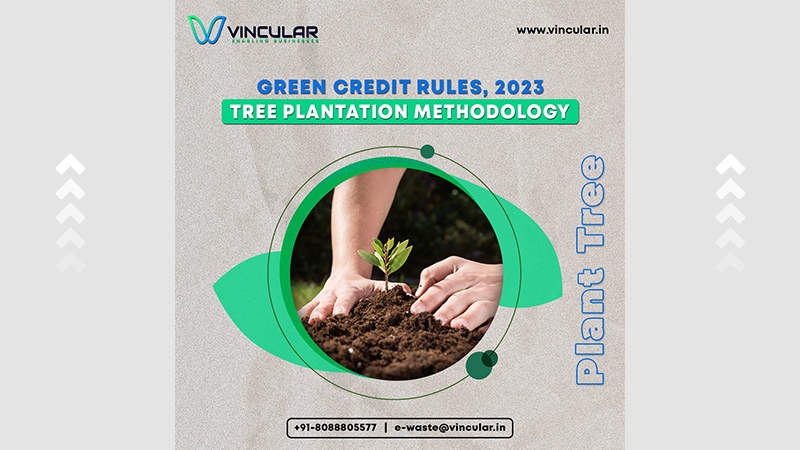Green Credit is more than just a financial product, it’s a commitment to sustainability. It offers businesses the opportunity to access credit facilities while also incentivizing green initiatives.
Whether it’s investing in renewable energy, implementing energy-efficient technologies, or adopting eco-friendly practices, Green Credit encourages businesses to reduce their carbon footprint and contribute to a greener future.
The Central Government, under the Green Credit Rules 2023, has introduced a methodology for calculating green credit in tree plantation activities. Here’s a summary of the key points:
Identification of Land: Forest Departments across states will identify degraded land parcels (like open forests, wastelands, and catchment areas) of at least five hectares for tree plantation to increase the green cover. Identified land must be free from encumbrances and be at least five hectares in size.
Application Process: Individuals or entities wishing to plant trees for Green Credit can apply to the Administrator.
Assignment and Proposal: The Administrator assigns suitable land and requests applicants to submit proposals for tree plantation.
Demand Note: A demand note including tree plantation costs and administrative expenses will be issued to the applicant.
Payment: Applicants must pay the specified amount to the Administrator within the given period.
Plantation Execution: Once payment is made, the Forest Department will execute the plantation within two years as per the management plan.
Completion Report: After planting, the Forest Department submits a completion report and issues a certificate to the applicant.
Green Credit Issuance: The Administrator will evaluate the plantation activity and issue Green Credits based on the number of trees planted, at a rate of one credit per tree, with a minimum density requirement. Green Credit is calculated as one credit per tree, with a minimum density requirement of 1100 trees per hectare based on local conditions.
Use of Green Credits: These credits can be used for compensatory afforestation compliance or reporting under environmental, social, and governance indicators, including corporate social responsibility.
These rules aim to enhance the green cover, this methodology not only supports environmental sustainability but also offers a path for corporate responsibility and compliance.
Let’s contribute to a greener, more sustainable future and continue to grow our green footprint.
Feel free to reach VINCULAR for any further questions or support required about the same.
You can access the official notification from here.
Please Note: To keep up with the latest regulations and notifications watch our Publication space or subscribe to our WhatsApp channel.






